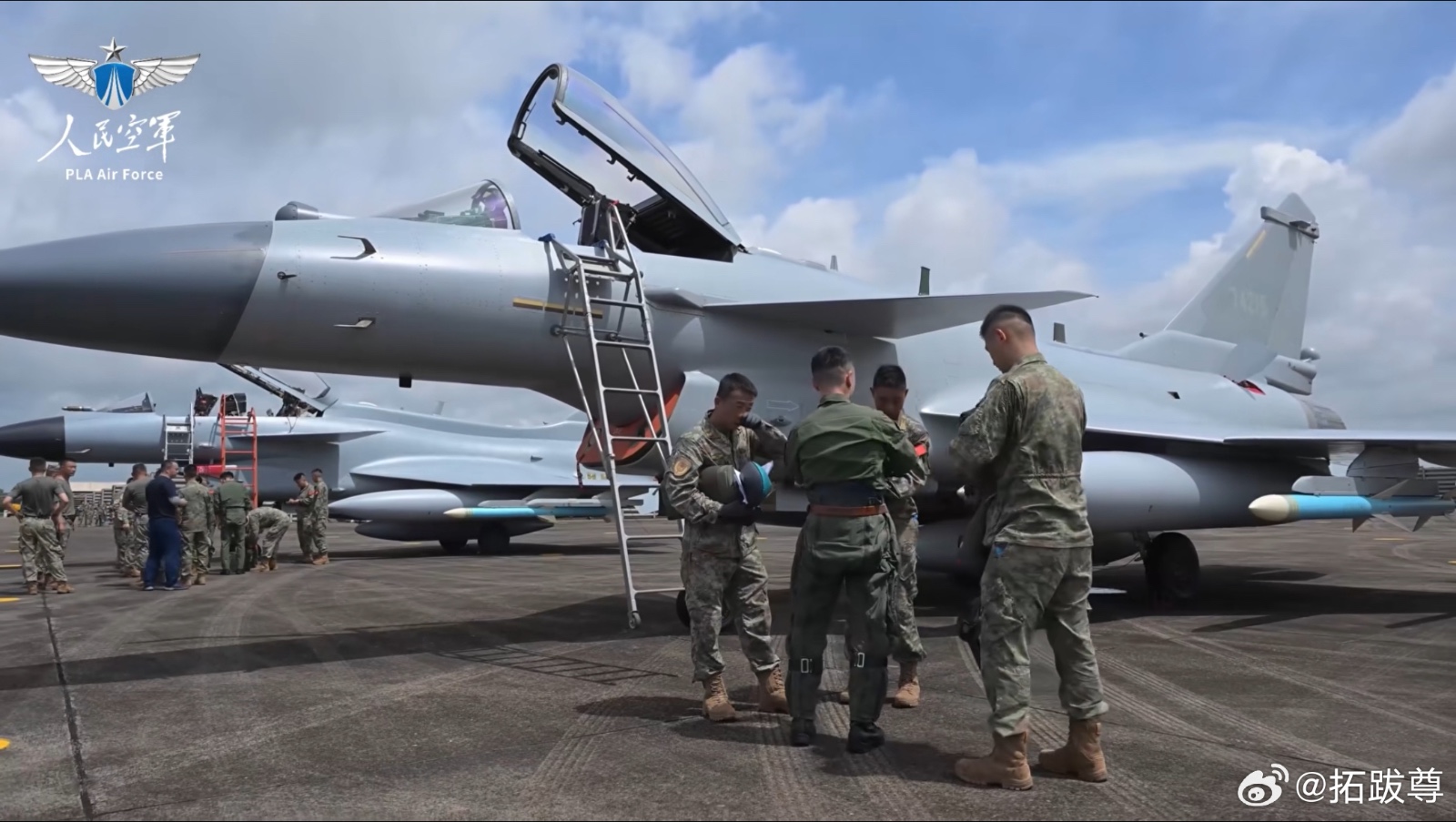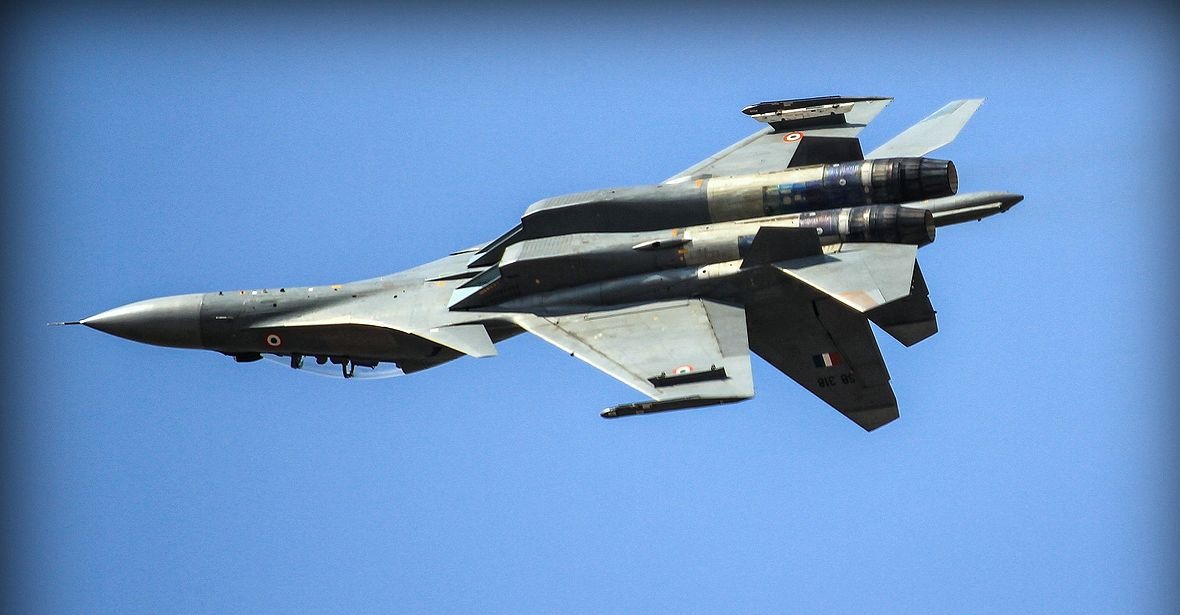Russia To “Boost” China’s J-10 Fighters With New Engines; Unlike PLAAF, IAF Ignores Su-30MKI Engine Upgrades

The United Engine Corporation (UEC) of Russia’s Rostec State Corporation will showcase the improved AL-31FN Series 5 engine for the first time abroad at the Zhuhai Airshow 2024 in China, which will be held from November 12 to 17.
According to the UEC, the Series 5 engine will significantly expand the Chengdu J-10’s capabilities in terms of altitude and flight range.
The AL-31FN variant was developed by Salyut to power the Chengdu J-10. The variant featured slightly more thrust of 12.7 tonnes-force and a gearbox relocated from the top to the bottom of the engine.
Later, J-10 variants and production lots were equipped with the improved AL-31FN engines. The series 3, for example, features a thrust of 13.7 tonnes-force.
Indian Su-30MKIs are powered by the thrust vectoring AL-31FP engine, built by UMPO as well as in India by Hindustan Aeronautics Limited (HAL) at the Koraput facility under a deep technology transfer agreement.
The AL-31FP has the same thrust of 12.5 tonnes-force as the baseline AL-31F but can deflect its nozzle to a maximum of ±15° at a rate of 30°/sec.
The AL-41F1, which is the stage 1 power plant of the Russian Su-57 stealth fighter, features a thrust of 15 tonnes-force.
It’s likely that the thrust of the AL-31FN series 5 engine to be displayed at Zhuahi is likely close to the thrust of the AL-41F1. In other words, the new variants of the J-10 fighters to be inducted into the PLAAF would feature significantly longer ranges and better maneuverability.

IAF Su-30MKI Fleet Upgrade
In February, the Indian Ministry of Defence (MoD) approved a Rs 60,000 crore ($7.5B) upgrade of 84 IAF Su-30MKI fighters, led by HAL and supported by DRDO. This project aims to enhance the aircraft’s capabilities with new radars, mission control systems, and weapon systems.
AfriPrime App link: FREE to download...
The project is divided into two phases. The first focuses on installing new avionics and radars, followed by enhancements to the flight control systems.
The most significant feature would be the indigenous AESA radar called Virupaksha. The Virupaksha would likely be a scaled-up variant of the Uttam AESA radar developed for the LCA Mk-1A, with significant software upgrades.

The Virupaksha AESA will take advantage of the Su-30 MKI’s much larger forward cross-sectional area to feature more TR modules than the 700 fitted on the Uttam AESA, giving the radar more power and increased detection range.
The IAF also plans to integrate an indigenously developed IRST that will significantly improve air-to-air and air-to-ground targeting capabilities.
The Air Force is set to commence work on integrating the new systems within the year. However, timelines in defense system development are known to slip.
No Engine Upgrade
Intriguingly enough, MoD’s upgrade plans do not include any changes in the Su-30MKI’s airframe or engine.
The IAF’s decision to upgrade the aircraft to retain the existing AL-31FP engine may prove limiting. It will not allow the modernized variant to carry powerful sensors that require more onboard electrical power.
For example, there is a growing trend to fit multispectral optical-electronic or radar surveillance systems in pods that can be carried by heavy fighters. These pods can then be deployed to plug gaps in AWACS surveillance.
There is also a trend to give fighter aircraft strategic capability by arming them with long-range hypersonic aeroballistic and cruise missiles. These missiles are much heavier than contemporary air-launched cruise missiles and would, therefore, require more powerful engines.
Considering the significant (20 yrs) extension of airframe life that will accrue from Su-30MKI modernization, it’s difficult to understand why the IAF didn’t opt for the AL-41F-1S.
The AL-41F-1S is 16% more powerful, 100% more cost-effective (based on engine life), and more fuel-efficient. Russia claims that fitting the AL-41F-1S would not require any airframe modifications.
It would be in India’s interest to modernize the Su-30MKI, considering current and future trends in air warfare and imbibing the lessons of the Russian SMO.
HAL Shortcomings
Circumstantial evidence suggests that the HAL viewed the AL-31FP production license and ToT with a sense of entitlement. It didn’t see the technology infusion as a breakthrough opportunity to master engine technology and use Indian ingenuity to improve engine performance.
India signed the initial contract for the license production of Su-30MKI aircraft at HAL and the supply of associated AL-31FP kits in 2000. The contract gave India an option to procure additional AL-31FP kits, which India exercised in October 2012.
Russia’s UMPO started delivery of 920 AL-31FP engine kits via Rosoboronexport to India in March 2013 for assembly at HAL and fitment on HAL-assembled Su-30MKI aircraft. The delivery of the kits was to span 10 years.
Procurement Of 240 AL-31FP Engines
On September 9, the MoD signed a contract with HAL for 240 AL-31FP Aero Engines for Su-30MKI aircraft, which will cost over Rs 26,000 crore (2.2B).
According to official statements, these aero engines will be manufactured by the Koraput Division of HAL and are expected to sustain the IAF’s Su-30 fleet, ensuring the country’s defense preparedness remains high.
HAL would supply 30 aero-engines per annum as per the contractual delivery schedule. The supply of all 240 engines would be completed over the next eight years.
The additional order will presumably cover the life cycle of the IAF’s Su-30MKI fleet, catering to the extended airframe life accruing from the planned upgrade.
PLAAF’s Contrasting Approach to Upgrades
It’s interesting to note how the PLAAF has progressively improved the combat capabilities of its Chengdu J-10 fighters with engine upgrades.
The J-10 variant powered by the AL-31FN Series 5 engine will be much more potent than the J-10 initially inducted into service.
Contrast the PLAAF approach of aggressive upgrades with that of the IAF. Despite the deep technology transfer that accompanied the Russian production license to HAl for the AL-31FP, the IAF remains stuck with the same engine that powered the initially inducted Su-30MKI fighters.
AfriPrime App link: FREE to download...
- Questions and Answers
- Opinion
- Story/Motivational/Inspiring
- Technology
- Art
- Causes
- Crafts
- Dance
- Drinks
- Film/Movie
- Fitness
- Food
- Игры
- Gardening
- Health
- Главная
- Literature
- Music
- Networking
- Другое
- Party
- Religion
- Shopping
- Sports
- Theater
- Wellness
- News
- Culture
- War machines and policy

